Table of Contents
- Augmented Reality – What is AR Technology? What’s It All About?
- AR/VR … What Is The Difference? Explained In Simple Terms
- New Google Glass – An Overhaul of An Old Idea
- Language Learning – How To Pick Up A New Language Without Opening A Book
- Speech to Text – Breaking Down Language Barriers Across The Globe
- Failure to Launch – Will This Concept Get Off The Ground?
Google I/O Keynote for 2022 took place on 11th May and revealed many interesting future products and concepts for us lucky consumers. Ranging from mobile phones, tablets, smartwatches, wireless air buds, and even AR glasses the keynote was rather impressive. The icing on the cake came towards the end of the presentation when Google unveiled its new technology that explores augmented reality live feeds. It looks like Google Glass has grown up and might be released soon (probably with a different name) with some rather tasty life-changing features. So let’s dive head first into the future, shall we!
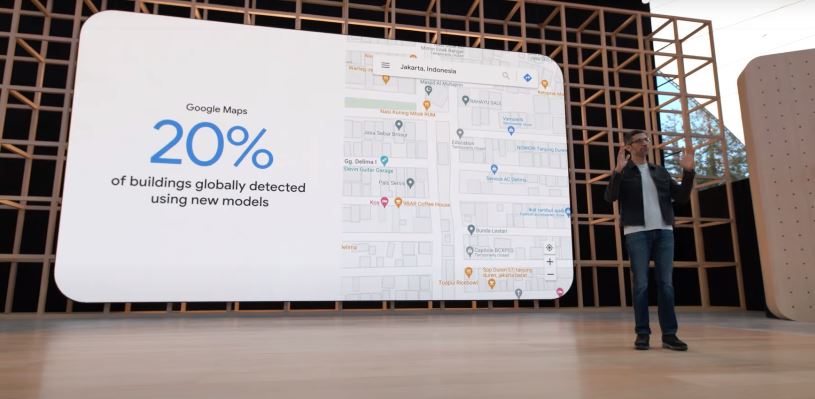
Screenshot from Google YouTube Channel
Augmented Reality – What is AR Technology? What’s It All About?
Textbook definition is as follows: Augmented reality (AR) is an enhanced version of the real physical world that is achieved through the use of digital visual elements, sound, or other sensory stimuli delivered via technology. It is a growing trend among companies involved in mobile computing and business applications in particular.
To put it in more simple terms augmented reality can be used to highlight items in the real world, increase understanding or awareness of those items, and display smart insights or useful guides that can be applied to real-world applications. The fear here for most consumers is that this is another way for big corporations to access your data or advertise directly to you through yet another medium.
The ‘always on’ stigma of wearing a camera and microphone on your person could potentially allow the highest bidder to access all your personal data. A scary concept but one that warrants discussion beyond just augmented reality technology.
AR/VR … What Is The Difference? Explained In Simple Terms
AR/VR Mixed reality, these terms get thrown around regularly and can be confusing for many. To put it as simply as possible, Virtual reality provides a fake/virtual 3D computer-generated play space. The outside world is blocked out and the user gets to experience a completely digital environment. AR augmented reality is a more stripped-back affair. The user can still see everything in the real world and a digital overlay of information is displayed for the user to see also. If you think about the filters in ‘SnapChat’ or the creatures in ‘Pokemon Go’ then you’re on the right track. Used mainly to display more information this can enhance what the user sees without interfering with the real world experience.
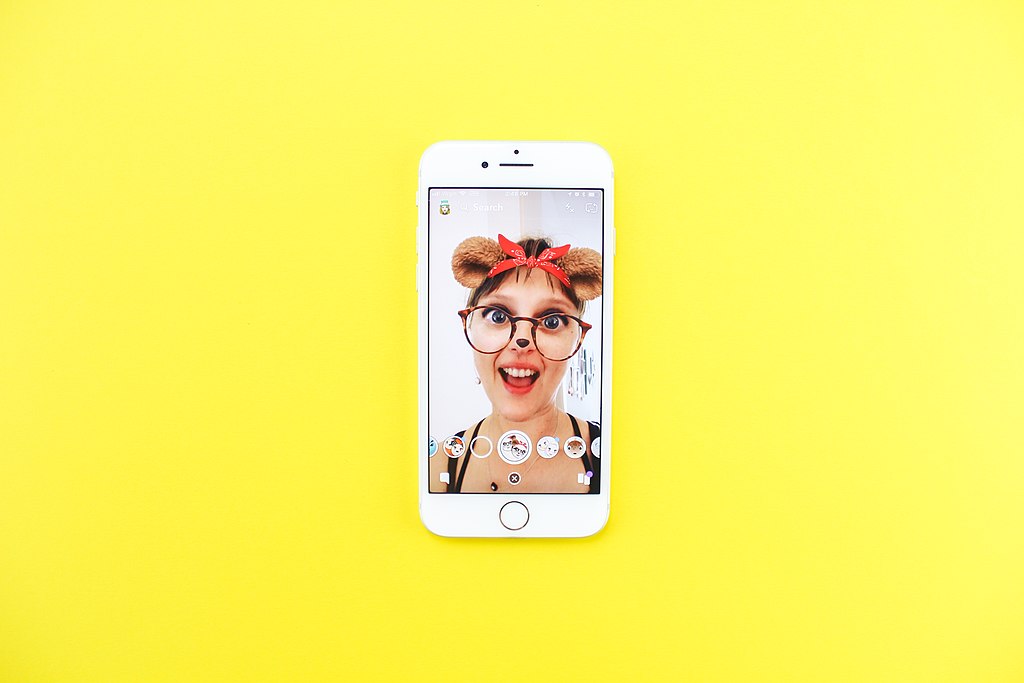
Photo from Wikimedia Commons
New Google Glass – An Overhaul of An Old Idea
Google Glass launched to the public way back in May 2014 to more of a whimper than a roar. Everyone was in agreement that it was way ahead of the curve and perhaps, to its detriment, was too far ahead so as to be off-putting for consumers. The hefty price tag also didn’t help it to appeal to the masses. One pair of Google Glasses would set you back a whopping $1500 which can only really appeal to enthusiasts with more money than sense. The tech behind the lenses was solid though. A transparent layer could display information for the wearer while not obscuring their view of the real world in front of them.
Think Ironman or Terminator and you’re sort of on the right track. Boasting an Integral 5-megapixel camera, it could act almost like a hands-free smartphone. The use of voice commands helped the user to browse the web and have information displayed directly in front of their eyes. An amazing concept sure that never hits the status of mass appeal. The price point was just too severe and couple that with consumers’ fear of privacy breaches due to literally having a camera strapped to their faces and it’s clear why it was discontinued shortly after launch.
All that said, it was always clear that this was a big leap forward in technology and once the AR/VR community caught on, it was only a matter of time before we’d see the Google Glass again. That time is now!
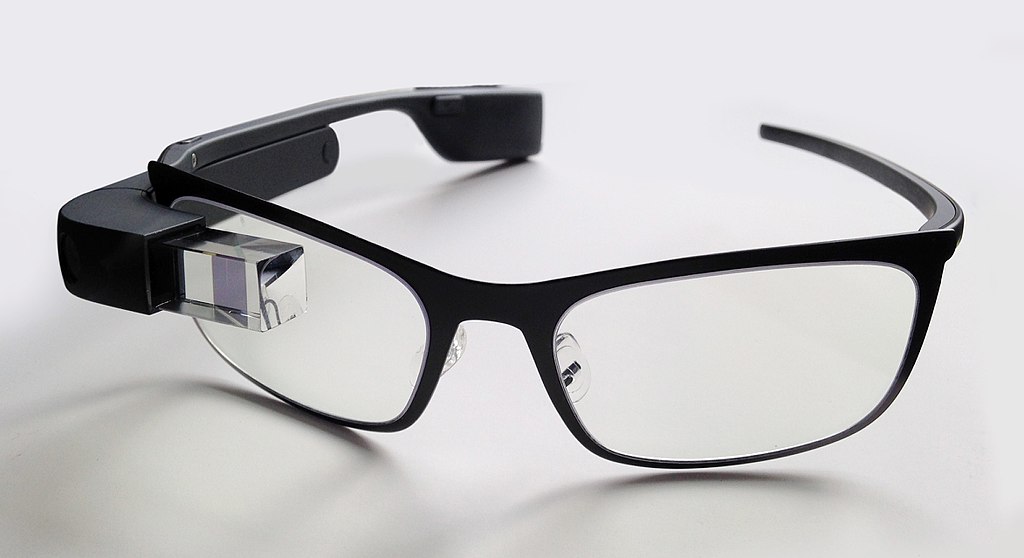
Photo from Wikimedia Commons
Language Learning – How To Pick Up A New Language Without Opening A Book
The immediate appeal of Google’s latest project is the ability to learn new languages. If you have an augmented reality lens that can display information on the fly and in real-time then the potential for learning is endless. If you look at current Google apps already on the market like ‘Google Translate App’ it’s clear to see how this same tech coupled with a live feed could be invaluable for users. Google Translate takes images and scans them for text. It can then translate that text into your preferred language or vice versa.
For example, if you are out to eat in a foreign country and the restaurant menu happens to be in a language you don’t speak, then Google translate can help. A quick snap on your phone and you can translate all the text to English. Now imagine the camera on your phone is now always on and attached to your eyewear. You can now scan in real-time and the translated words can be displayed across your lenses. This would make translating or practicing languages a more natural and constant experience.
With Google’s new AR live technology, you wouldn’t even need to take a beat. No stopping to search in a textbook or opening apps on your phone to translate anymore. The information you need is displayed for you automatically. The very idea could indeed change the world we live in as we now know it. A very exciting concept indeed but the technology and its practical uses don’t stop there. Let’s explore some more, shall we?
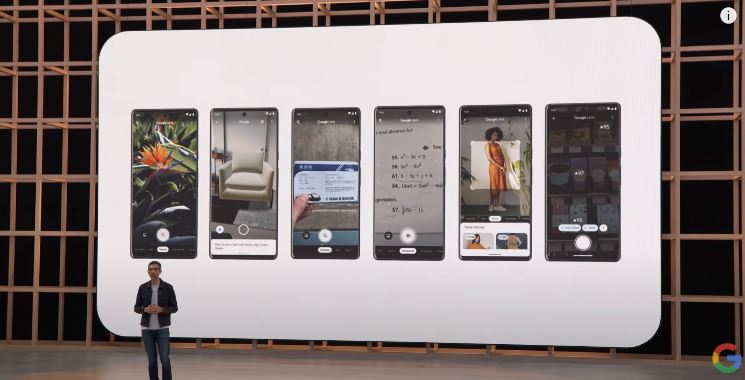
Screenshot from Official Google YouTube Channel
Speech to Text – Breaking Down Language Barriers Across The Globe
At this stage, with everyone having first-hand experience with a global pandemic, we’ve become accustomed to using virtual meeting apps like Zoom or Teams. One thing that you’ve possibly discovered if you’ve messed around with the settings as I have, is the option for subtitles. Having mics and cameras allows the app to listen and display a text translation in real-time. It’s a bit like watching subtitles on Netflix except it’s your boring mate Nigel talking about his rhododendrons and not Chris Hemsworth crushing heads! Getting to see apps listen to speech and display subtitles in real-time is quite impressive and applying that theory to AR technology is a rather delicious concept.
Google’s latest AR project does just that. Offering real time subtitles displaying across your lenses as people talk to you. Better again though is the option to translate what is being said and having the text display in whatever language suits you. It’s unclear how much of a delay there will be between someone speaking and the text displaying but the concept video makes it seem instant. This is unlikely but even so, the idea is an intriguing one! Imagine two people front different parts of the world sitting down to talk.
Both are wearing new AR glasses from Google and can speak in their own native tongue. Each user then sees what the other is saying across their screen like a text bubble in a comic. The best part is the text on display is showing up automatically in the viewer’s own language. If the process is quick and feels natural, then this technology has the potential to completely break down any communication barriers. Languages will no longer be a stopping point for users which is truly incredible.
To quote Sundar Pichai CEO of Google: “Language is so fundamental to connecting with one another. Yet, understanding someone who speaks a different language or trying to follow a conversation if you’re deaf or hard of hearing can be a real challenge,” Pichai told the crowd. “Let’s see what happens when we take our advancements in translation and transcription and deliver them in your line of sight in one of our early prototypes.”
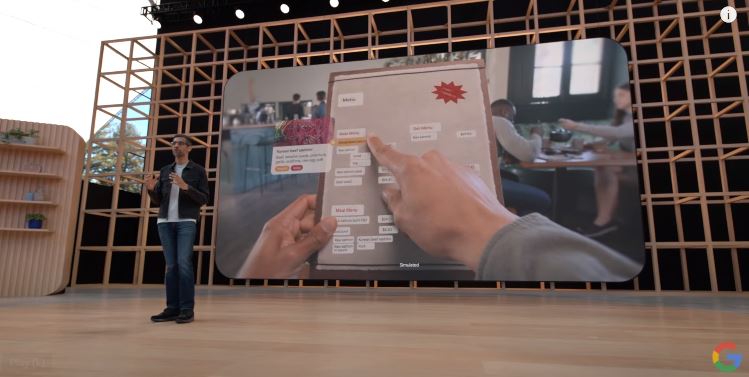
Screenshot from Official Google YouTube Channel
Failure to Launch – Will This Concept Get Off The Ground?
One thing that has to be noted here is that this is all concept and tech that Google are working on currently. No official release dates were given during the keynote and we’ve seen Google in the past either not bringing ideas to fruition or worse yet, launching a product only to stop supporting it almost immediately if it isn’t an instant success. I want to believe that the popularity of AR/VR headsets currently will help Google take this one across the finish line.
One thing is for sure, the keynote helped to highlight the exciting possibilities behind augmented reality. It’s no longer 2015 and we’ve definitely come a long way in the last seven years. Knowledge is power and having the tech of your smartphone displayed in front of you like a cool cyborg is a tantalizing carrot. So come on, Google, drag us into the future, please!
If you would like to check out Google’s Keynote 2022, then follow the link.
Better yet, if you would like to look at Google’s biggest competitor Apple and see what the future might hold for AR/mixed reality technology then check out our very own in depth article here.





